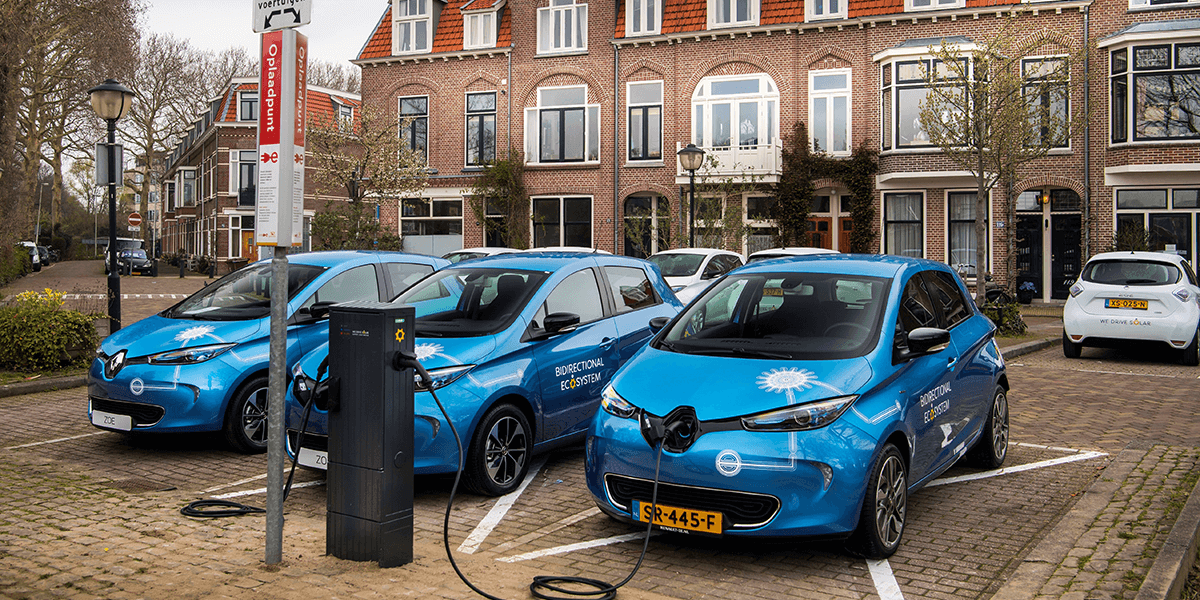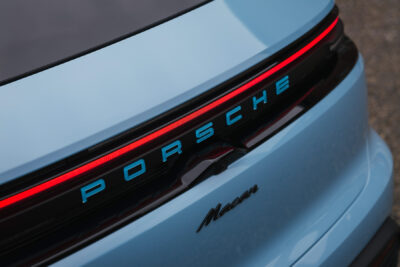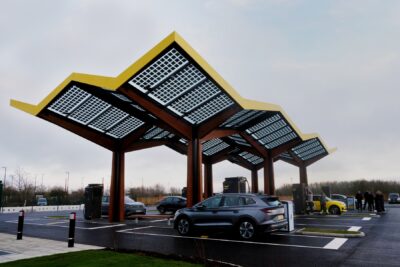Netherlands is planning a bidirectional charging network
After several pilot projects on bidirectional charging, the Dutch government is now going on the offensive: it is providing five million euros for 21 municipalities to support them in setting up a total of 472 “intelligent” V2G-capable charging points for electric cars.
The first of these are expected to be operational in 2020. Work is also underway to make money with electric cars: Those who make their electric car or its rechargeable battery available when energy requirements are high should be remunerated in monetary terms in the long term. The driver should be able to determine which part of his battery capacity he will release for the power grid – so that he still has enough power for the planned journey in the battery.
“These charging stations are the future,” says State Secretary Stientje van Veldhoven. “They relieve the electricity grid, use green energy better and make charging your car even cheaper. That is why I want to speed up its construction.”
They may be the future, but in the present few electric cars can exploit their full potential. Currently, only the Nissan Leaf and the first generation of the Renault Zoe are V2G-capable, and corresponding projects with both cars have already been implemented – for example in Hagen or Porto Santo. As a plug-in hybrid, the Mitsubishi Outlander is also PHEV V2G-capable, but due to its smaller battery, it can only provide limited amounts of electricity for the grid.
Renault has already started a V2G project in Utrecht, Netherlands. In Utrecht, up to 20 V2G charging stations are to be built with the subsidy. However, the V2G columns will then only make up a small part of the charging infrastructure: Next year, a total of 1,600 charging points are to be erected there.
cleantechnica.com, pv-magazine.com, newmobility.news, rijksoverheid.nl (in Dutch)





0 Comments